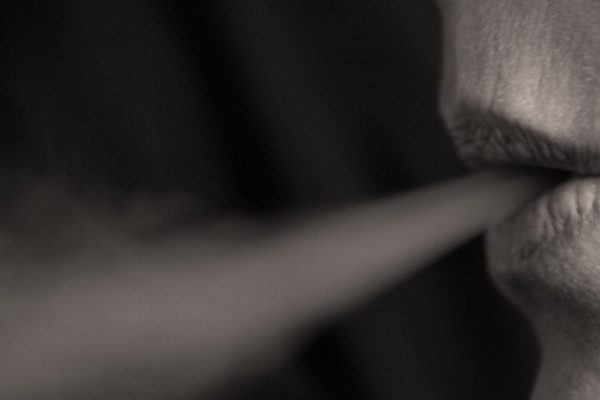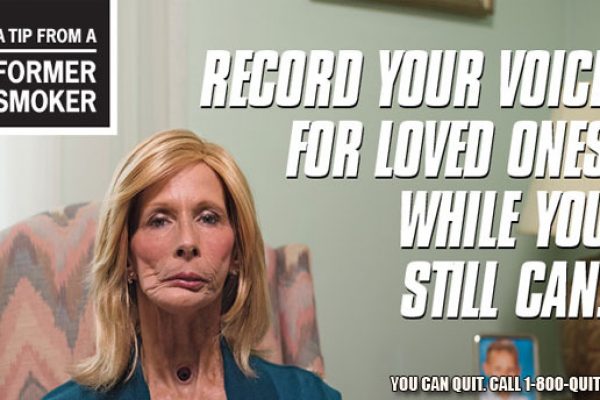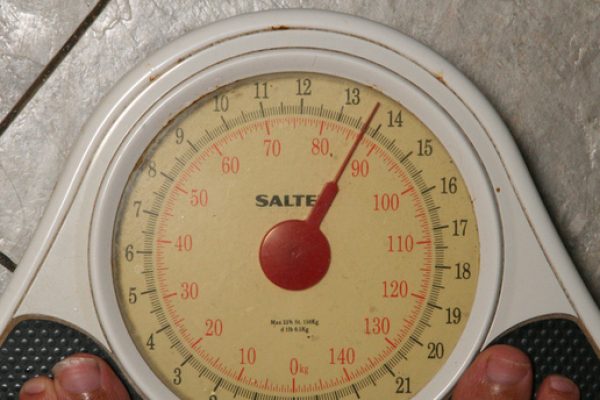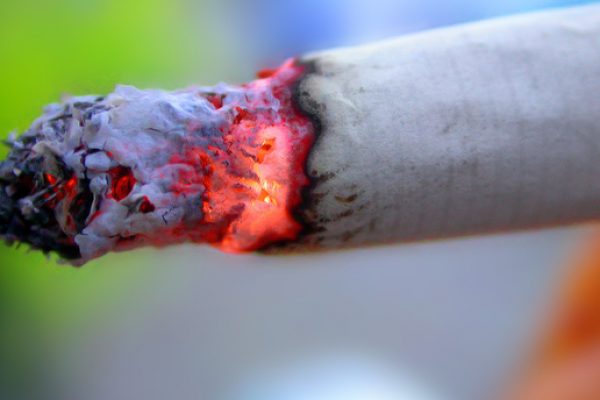Earlier this week it was announced that the UK Prison Service is considering introducing a pilot scheme which would ban smoking by inmates in all areas of UK jails. Although sites for the trial scheme have yet to be chosen, it is intended that the pilot could be launched as early as next spring with an outright ban to follow in 2015. Medical organisations have welcomed the news but there are fears that a smoking ban could cause disruption in prisons.
A spokesman for the Prison Officers’ Association voiced concerns about the ban and said he anticipated problems as around 80% of the prison inmate population smoke and many use the habit as a way of coping with life inside. However, smoking has already been banned successfully in young offender institutions in the UK and in prisons in Canada, which is encouraging. There would clearly be health benefits too for non-smoking prisoners and prison staff if prisons became a smoke-free zone. In fact, legal action has been threatened previously by prisoners and staff who have suffered the effects of passive smoking.
Coping mechanism
Stress-related behaviours such as self-harm and anxiety disorders are common among the prison population and smoking tobacco is a way of coping with this. Choosing to smoke is one of the few choices left available for prisoners and many will see a ban as a threat to what little independence they have. Prisoners who smoke are no different from smokers generally in that they can’t just be expected to give up tomorrow without some sort of help and support. Nicotine patches will be provided although that is not thought to be adequate and there are considerable rumblings of discontent to be heard already.
Tobacco is also used as a form of currency among inmates and the removal of cigarettes and tobacco from prisons will effectively put an end to this in-house trading medium.
Objections have been raised on the premise that being at liberty to smoke is a basic human right and some prisoners have threatened legal action if the ban is implemented. Furthermore, it has been pointed out that smoking is already banned in communal areas and a prisoner’s cell is the only place they are actually free to relax with a cigarette if they need one.
Precedent set
The ban was first mooted in 2007 when a general ban on smoking in public places was rolled out across the UK and Ireland. Prisoners were exempt at that time because their cells were classed as “domestic premises” and as such were outside the parameters of the law. Non-smoking prisoners could not be forced to share a cell with a smoker.
Earlier this year, Guernsey and the Isle of Man introduced a blanket smoking in their prisons and this is reported to have gone well so far. Prisoners hoping to quit are provided with patches and access to the Quitline telephone support service. Those who do not wish to give up have been allowed to purchase e-cigarettes.
It is certainly a contentious issue. With prison services stretched to breaking point and tension running high in overcrowded and underfunded prisons, a ban on smoking could prove to be the catalyst which sparks serious unrest and rebellion. On the other hand, it could see many more long term smokers giving up for good. Let’s hope for the latter.
*Image courtesy Flickr creative commons.











